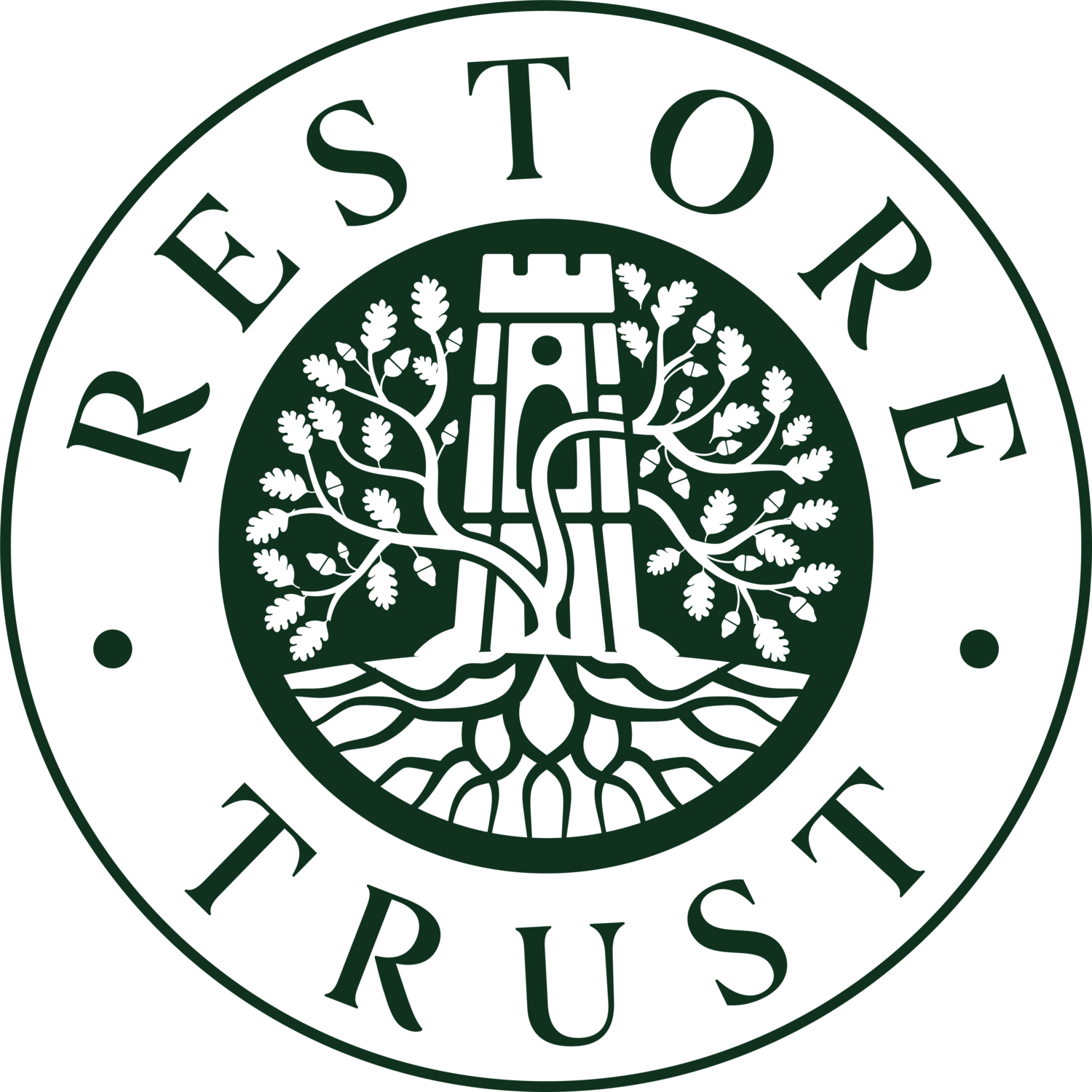‘Fear and bullying’ at the National Trust
Charles Moore returns to the subject of the National Trust in his Spectator Notes column this week.
He writes:
‘The National Trust has its own Black Lives Matter web page for staff, even though BLM is an extreme political organisation which explicitly attacks ‘whiteness’ (and therefore the great majority of National Trust members). Its Race Equity Network aims to ‘inspire the changes needed so that the National Trust is truly for everyone for ever’. To this end, it will ‘prioritise joy and fairness’ and ‘seek to support and challenge the National Trust to eliminate policies, practices, attitudes, and cultural messages that reinforce, or that fail to eliminate, differential outcomes by race’. It is working with a ‘sister’ network of ‘white allies’ and ‘in solidarity with other marginalised groups’, such as the Trust’s LGBTQ+ network, which ‘breaks down geographical divides and hierarchical structure’ to make sure that ‘stories for everyone, including LGBTQ+ stories’ are promulgated ‘across the National Trust portfolio’. Much emphasis is given to the Trust’s Everyone Welcome programme for staff. But if the idea of welcome is defined by politicised pressure groups, most people will feel excluded. Joy and fairness will be in short supply.
According to a current Trust employee, who naturally remains anonymous: ‘At interviews people are asked how they voted in the Brexit referendum, and rejected out of hand if they voted to leave.’ He continues: ‘There is an atmosphere of fear and bullying — not, as the upper echelons in the Trust would like to believe, among downtrodden minorities, but among anyone who holds a view opposed to the neo-Marxist model prevalent in the organisation… Since the Trust’s ‘Prejudice and Pride’ initiative [an campaign to ‘showcase’ gay connections with the Trust], they have been in cahoots with Stonewall, whereby ‘LGBTQ allies’ are recruited to spy on and weed out anyone who thinks, speaks or acts in an ‘unacceptable’ way.’ In studying how wokery took over the Trust (and many other cultural bodies, notably museums), I think the key to it lies in staff recruitment and HR. It is the 2020s equivalent of the hard-left penetration of trade unions in the 1970s.’
Read the full article on the Spectator website here.

